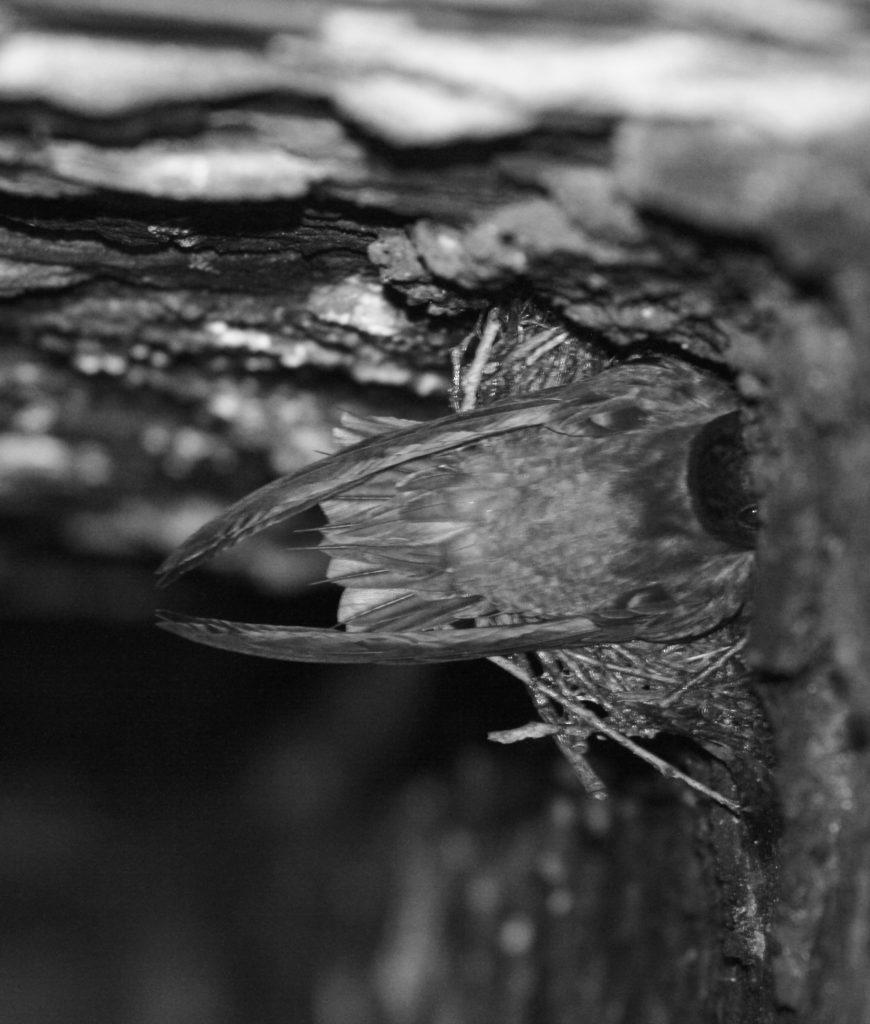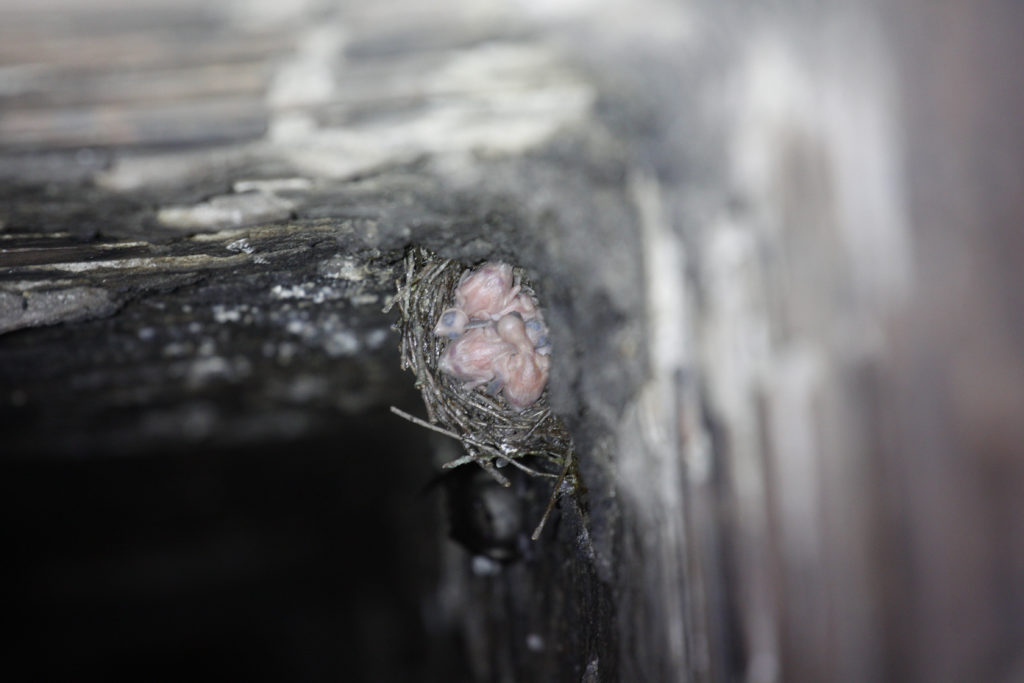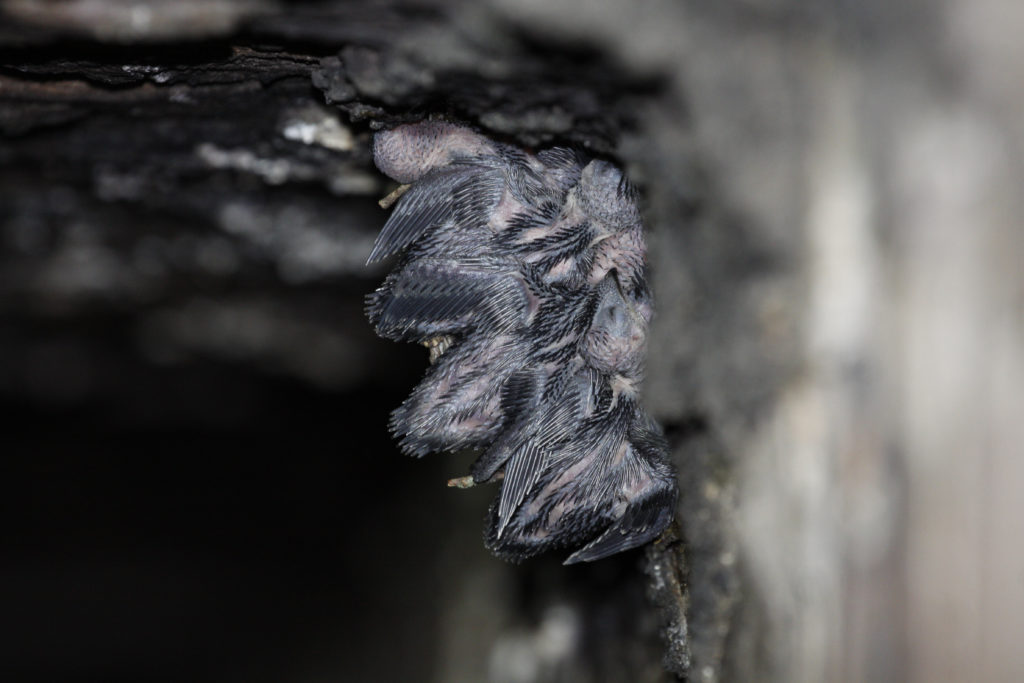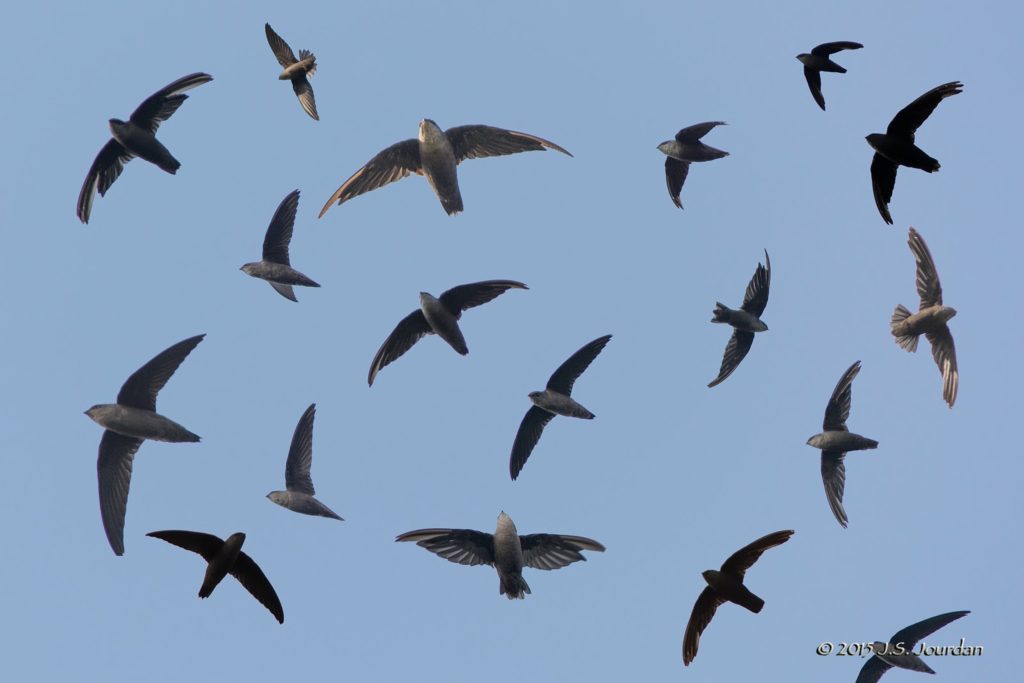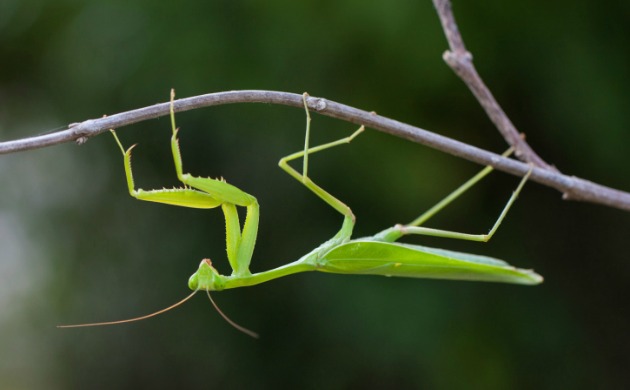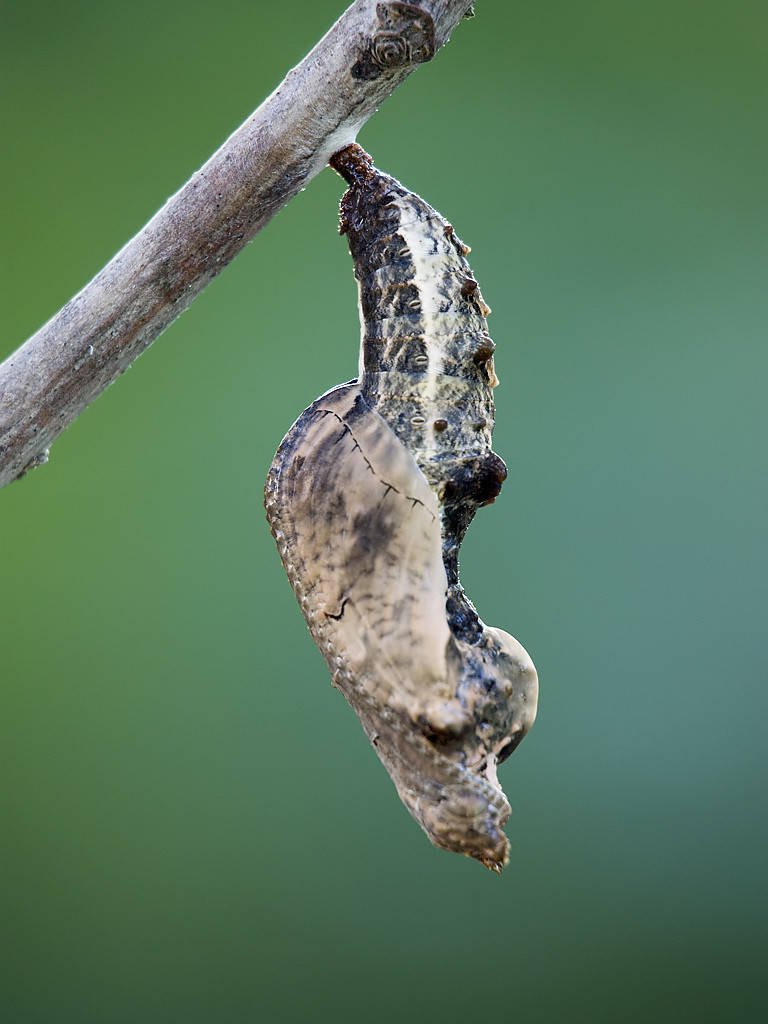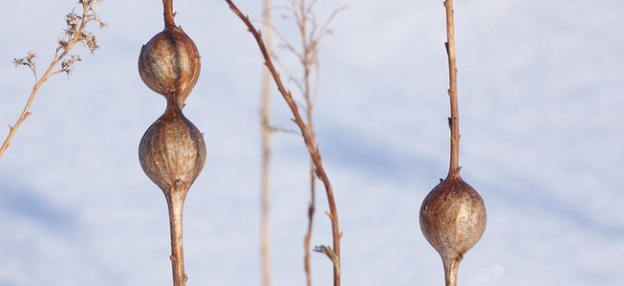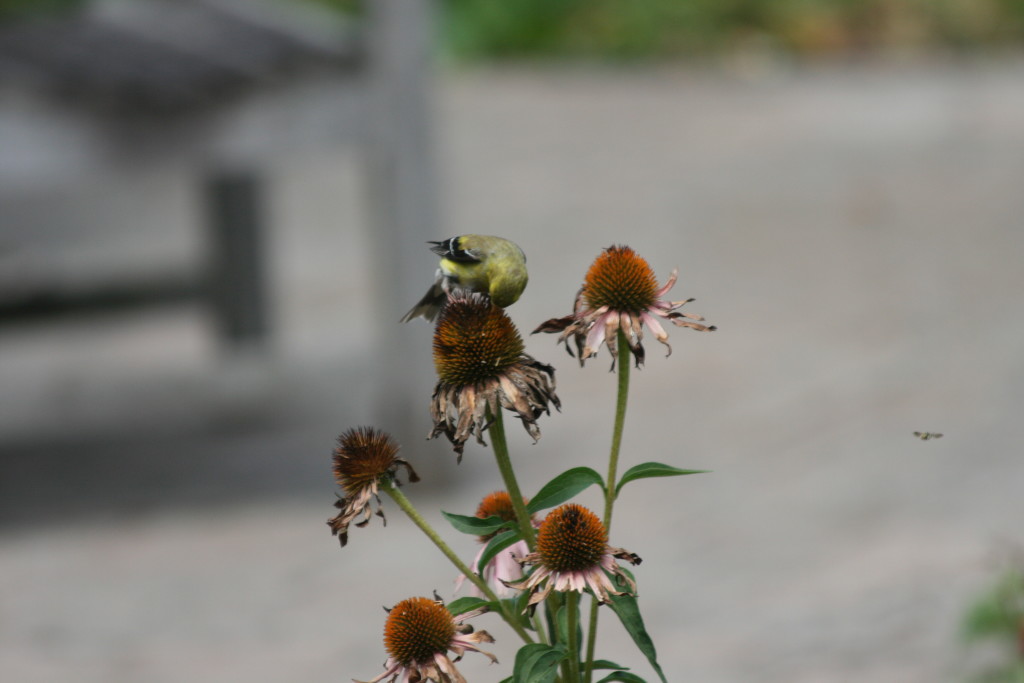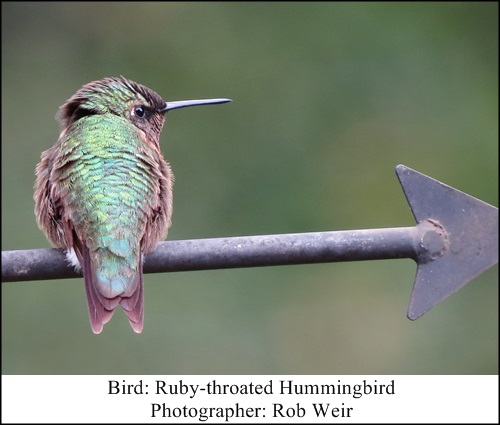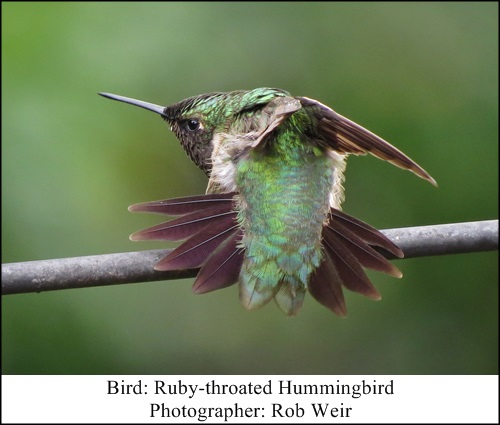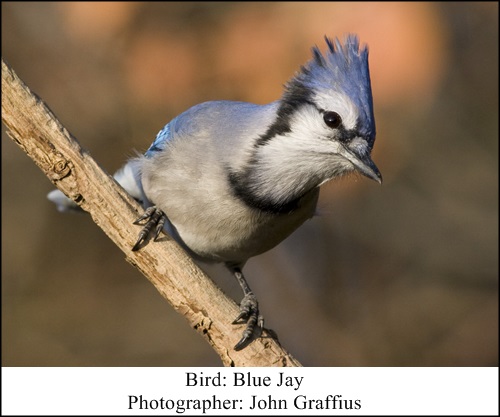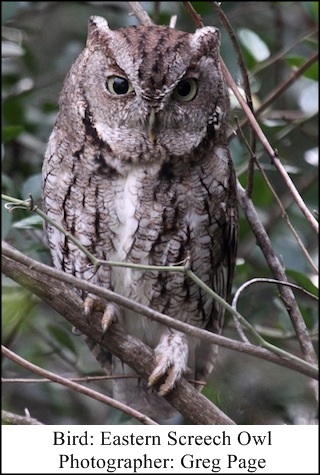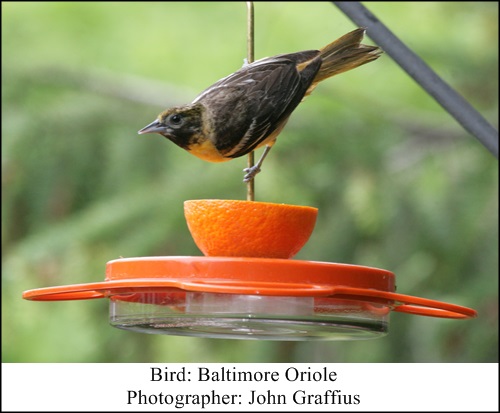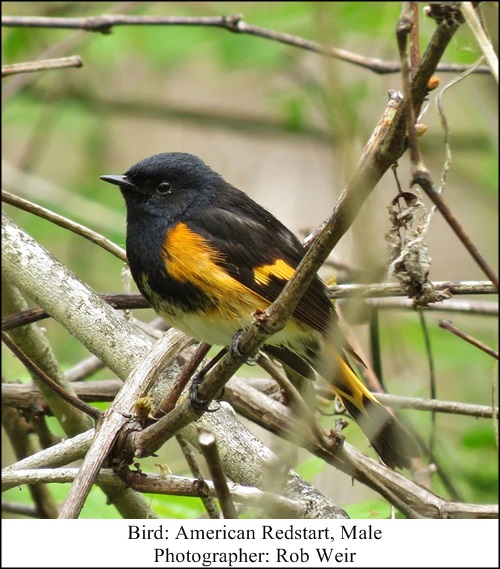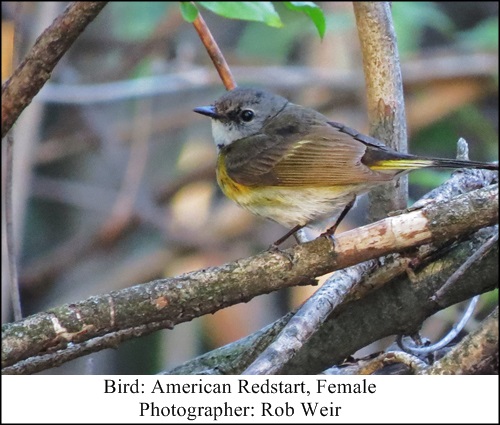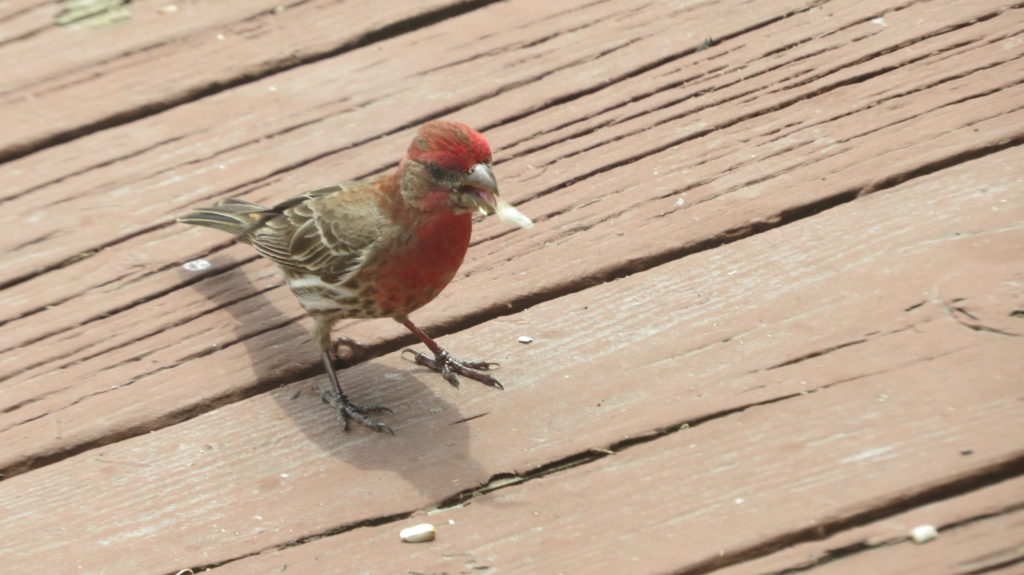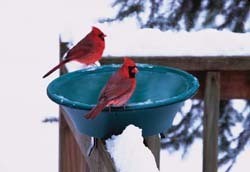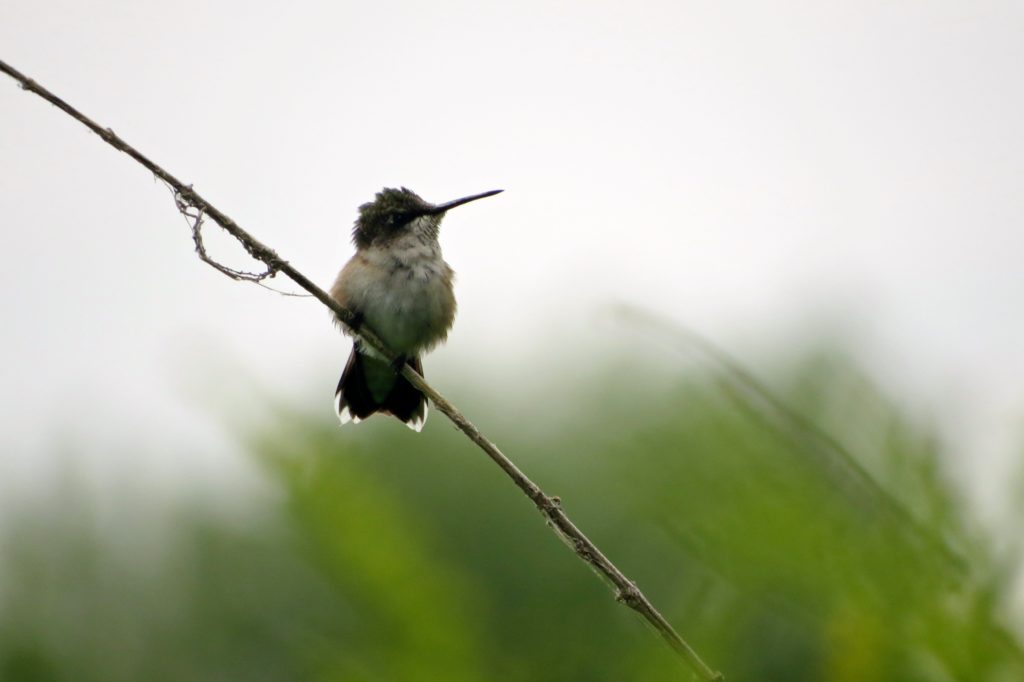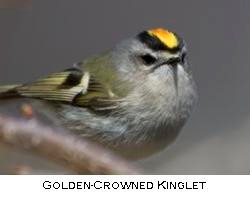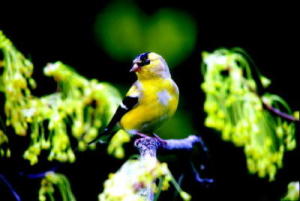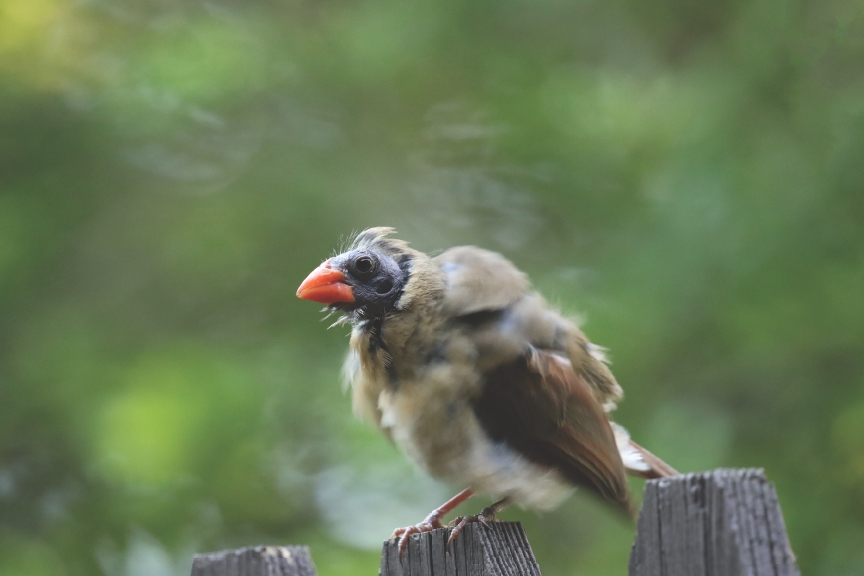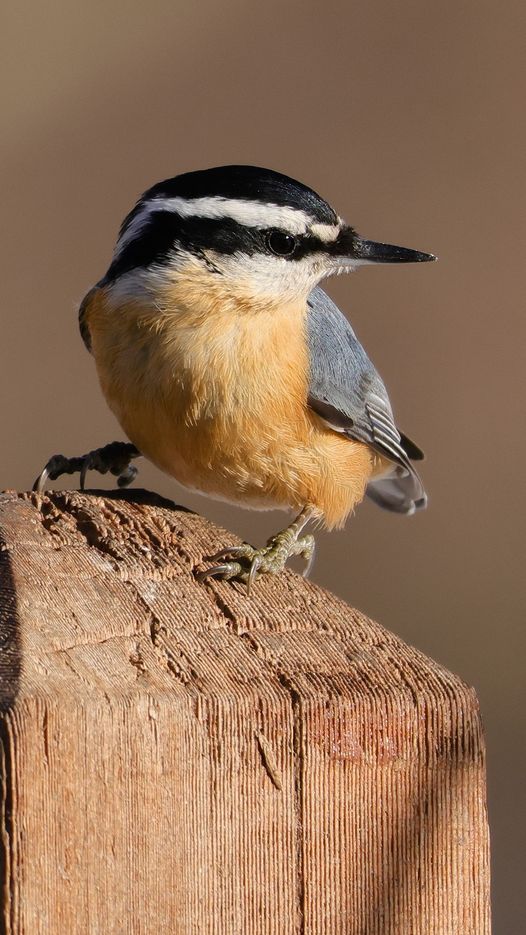
Red-breasted Nuthatch on Squirrel-proof Feeder (photo by Glen Noyer)
Have you noticed Red-breasted Nuthatches in your yard or at your feeders this year? I have a pair that have been visiting since the fall and they are such a Joy to watch and to listen to, sounding like little squeak toys.
Irruption
This movement of Red-breasted Nuthatches to our area is called an irruption, a movement of a bird species from their usual wintering grounds, predicted based upon lack of food supply in Ontario forests. Listen for their nasal “toot, toot, toot” and check out the cones of evergreens. You may be rewarded with a look at these 4.5” birds, their striking eye line running from their beak to their nape, with a distinct white supercilium (“eye brow”) above that. Red-breasted Nuthatches have slaty blue-gray backs and wings and, true to their name, a wash of brick red color on their breast. Check out the tail length – it is only slightly longer than their wings.
Red-breasted Nuthatches have a distinctive flight pattern, with an undulating movement as a result of quick bursts of the wings, followed by a glide. Watch them in flight and notice the shortness of the tail.
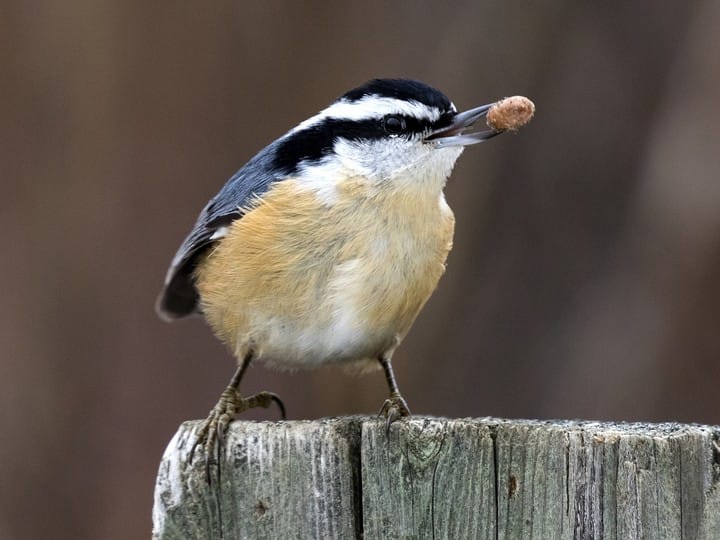
Red-breasted Nuthatch with a Bark Butter Bit (photo by Bob Martinka)
Feeding
These birds are fairly tame and can be watched very closely as they forage for food. In fact, I have had them land on my feeder pole, waiting patiently for me to fill the feeder. Offer them sunflower in or out of the shell, suet loaded with peanuts, and peanuts out of the shell to keep them coming back for the fats and protein they will need this winter. Now is the perfect time to try Bark Butter Bits, a small suet nugget that works well in the squirrel-proof feeder shown in the photo below. Spreadable Bark Butter also works well, either spread onto a tree trunk or a bark butter feeder.
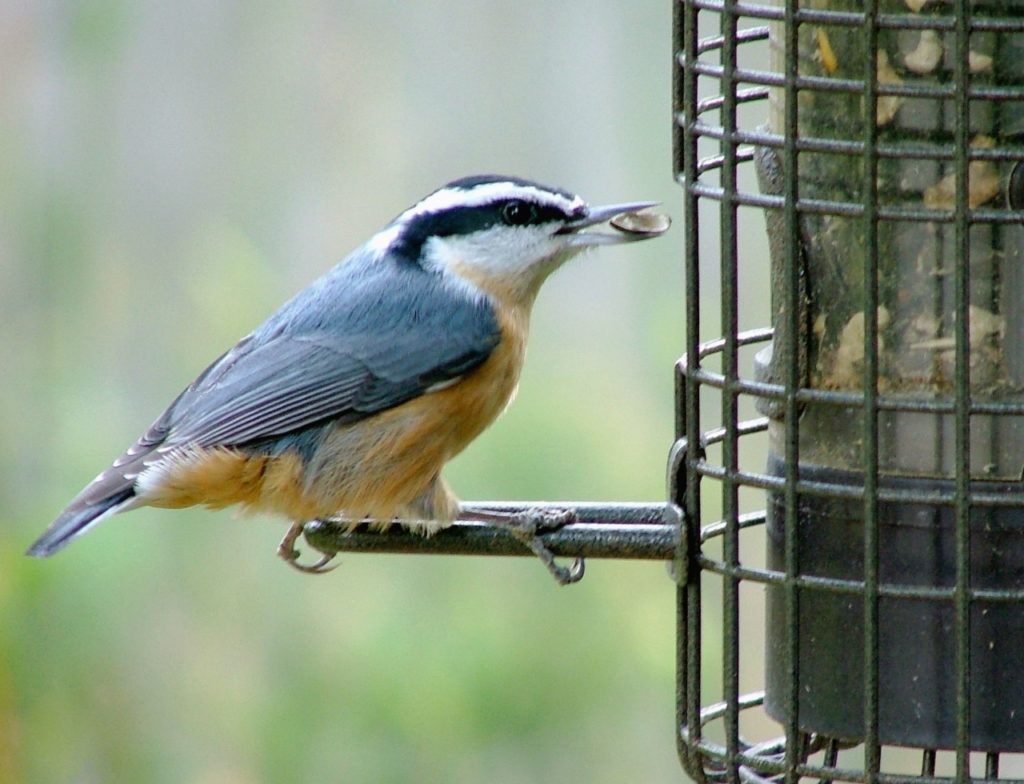
Red-breasted Nuthatch on Squirrel-proof Feeder (photo by Bill Rapai)
Behavior
When feeding in trees, Red-breasted Nuthatches stay preoccupied with cones, extracting the seeds with their long, chisel-shaped beaks. They tend to place seeds in the cracks of tree trunks, using their beaks to chisel the shells away. This motion is responsible for the British-derived name, “Nuthatch” as “hatch” was a term used instead of “hack” back when the bird was named. Perhaps the most unique aspect of Red-breasted Nuthatches is their habit of walking down the trunks of trees as well as under the limbs of the tree, in search of insects to consume. The toes of Nuthatches are perfect to accomplish this bark climbing – very long with sharp, long claws for gripping.

Shelter
During winter, it is not uncommon for groups of these birds to shelter together in a tree cavity or nest box to maintain warmth. Remember to keep your nest boxes up after cleaning them, for you may be visited by this little sprite (and a friend or two).
Enjoy your birds!
Rosann Kovalcik, Owner
Wild Birds Unlimited, Grosse Pointe Woods
Have you joined our email list? Click here to sign up, it’s free and gives you access to sales, coupons, nature news, events, and more!


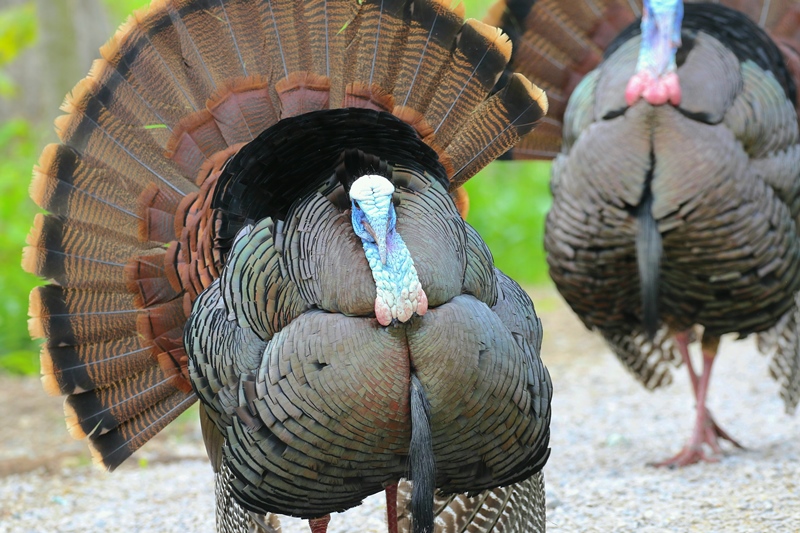
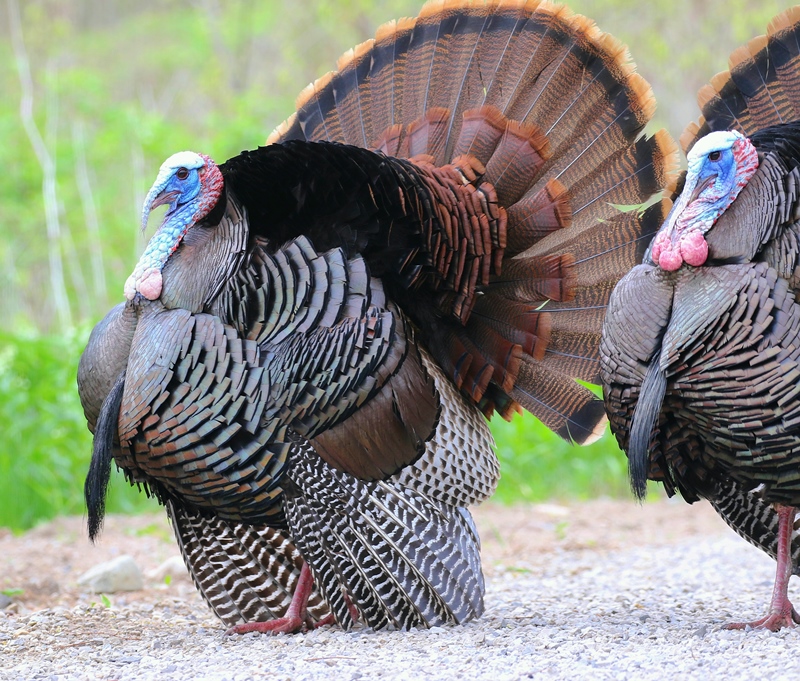

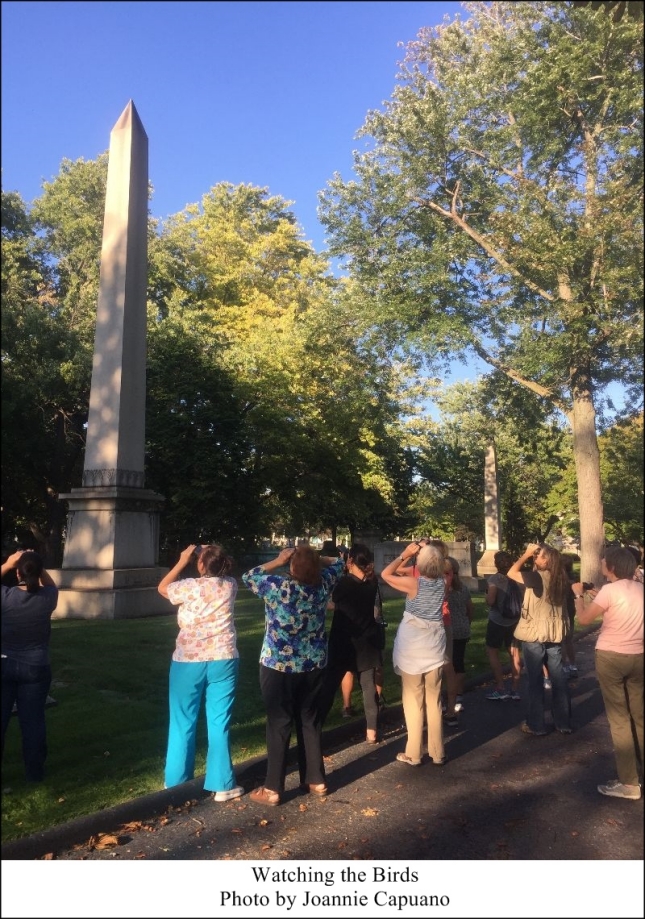
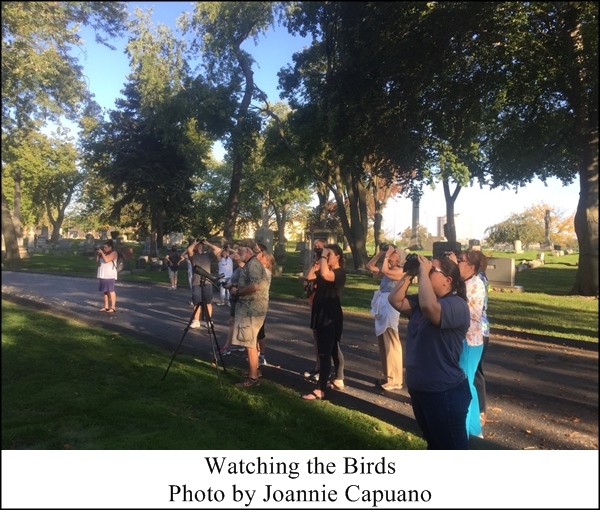
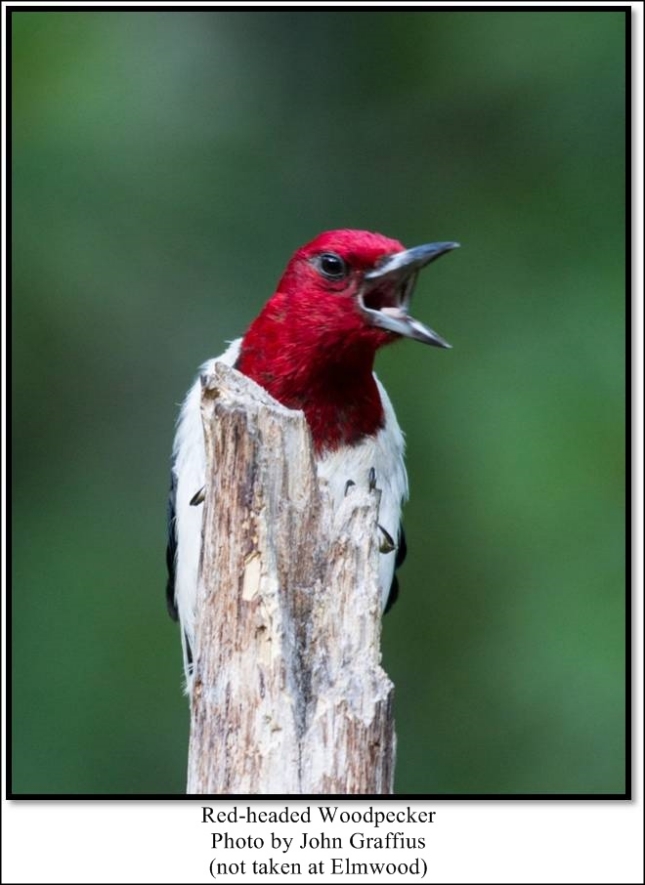
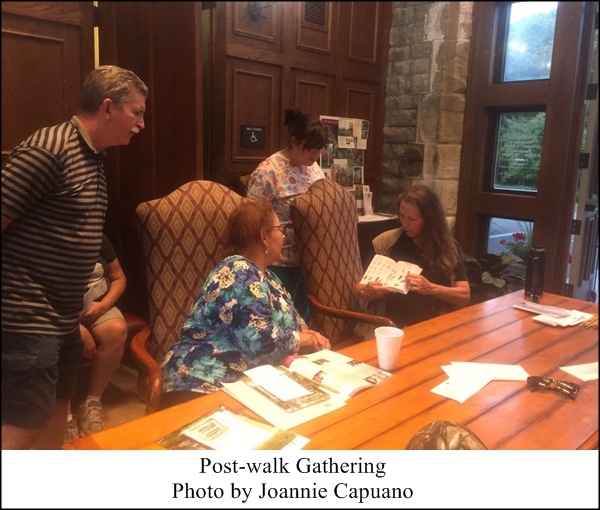
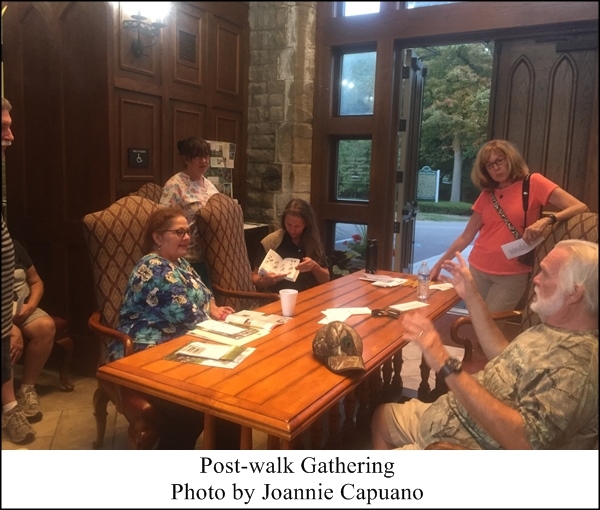

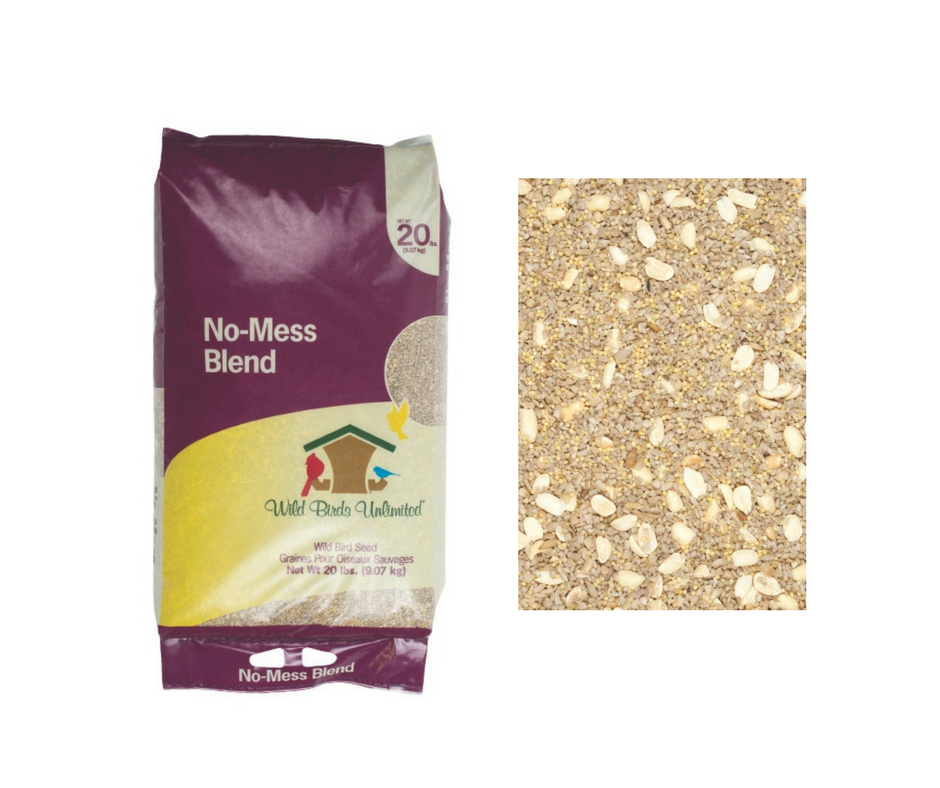 Choosing high-quality seed is the most important factor in crafting your tidy feeding station. The birds toss aside seeds they do not prefer, which leaves a food source for rodents. Check the ingredients within your seed blends and
Choosing high-quality seed is the most important factor in crafting your tidy feeding station. The birds toss aside seeds they do not prefer, which leaves a food source for rodents. Check the ingredients within your seed blends and 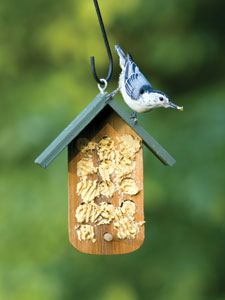

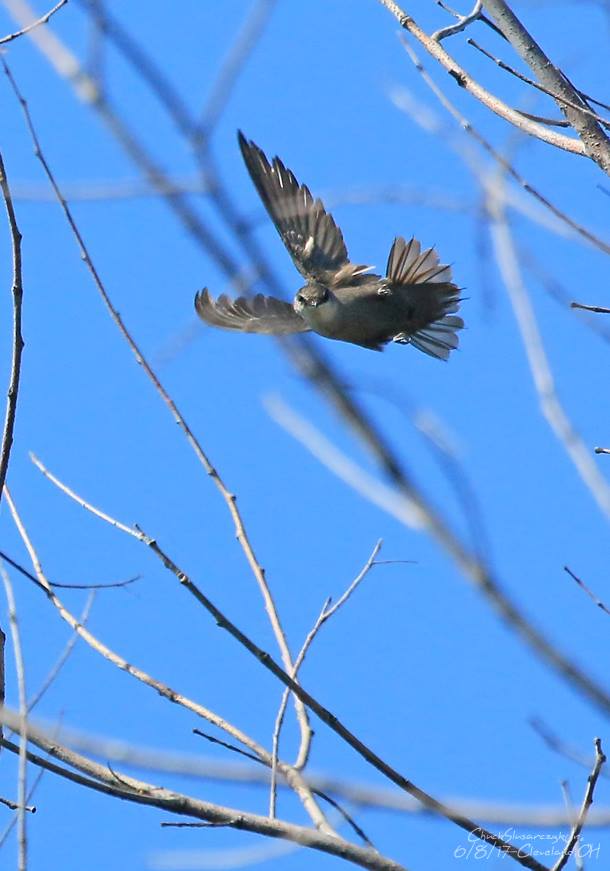 Perhaps one of the happiest sounds in my yard during the warmer months is the chattering of Chimney Swifts as they race by in the sky. Looking like a cigar with sickle-shaped wings, they are usually seen flying in pairs or family groups. (Photo courtesy of Chuck Slusarczyk Jr.)
Perhaps one of the happiest sounds in my yard during the warmer months is the chattering of Chimney Swifts as they race by in the sky. Looking like a cigar with sickle-shaped wings, they are usually seen flying in pairs or family groups. (Photo courtesy of Chuck Slusarczyk Jr.)